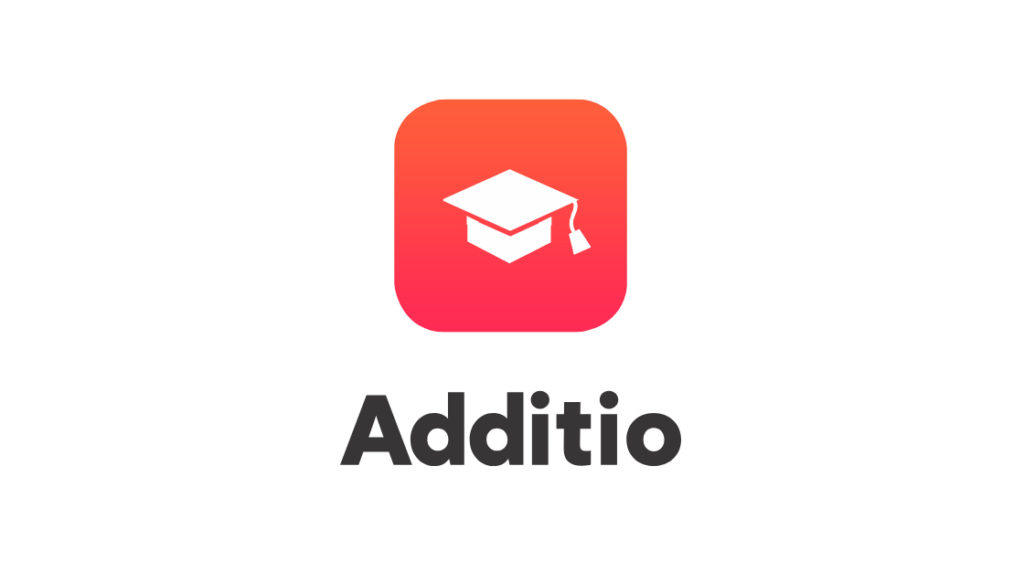Can you imagine the feeling of sound fading easily, and struggling to retain everything said around you before it dissipates into the air? This is what people with hearing impairments experience daily. For them, daily communication becomes a challenge. That’s why it’s crucial for educators to implement strategies to ensure the inclusion of students with hearing impairments.
In this post, we will explore ways to support these students and discover that building an inclusive environment where they can feel accepted isn’t as challenging as it may seem.
Will you join us?
Understanding Hearing Impairments
A fundamental step in understanding students with hearing impairments is to have a clear understanding of certain aspects related to hearing impairments: types, how they affect individuals, and other relevant aspects that we’ll delve into below.
What types of hearing impairments exist?
Hearing impairments can manifest in various forms, and there isn’t a single way to categorize them. However, one way to categorize them is based on the use of amplification supports. Taking this into account, we can distinguish the following types:
- Hearing loss without amplification: In these cases, despite having hearing loss, individuals do not use hearing aids or cochlear implants. This might be due to a mild degree of hearing loss or because they use other forms of communication, such as lip reading or sign language.
- Hearing loss with hearing aids: Some individuals with mild to severe hearing loss use hearing aids. These are electronic devices that amplify sound and enable better communication.
- Hearing loss with cochlear implant: Some individuals with more profound or severe hearing loss use cochlear implants. This medical device is surgically implanted in the inner ear, enhancing oral communication capabilities.
Some considerations to keep in mind
Now that you’re familiar with the types of hearing impairments, let’s delve into some considerations you should take into account:
- Understand how it affects communication and learning: If you have students with hearing impairments, the first step is to identify their specific type of impairment and to what extent it affects their communication and learning abilities. This information will help you tailor your teaching to their capabilities.
- Get to know and understand each student’s individual needs: Every individual is unique and has specific needs. When you encounter a student with a hearing impairment, invest time in understanding their needs and adapting your teaching accordingly (this will be discussed in the next section).
Tips and strategies to build an inclusive environment for students with hearing impairments
Now you understand your student’s needs and want to ensure that your classroom is truly inclusive. How can you achieve that? Here are some tips and strategies to make your class a supportive environment for students with hearing impairments.
Tip 1: Adapt the physical environment
One key aspect to enhance learning and communication for students with hearing impairments is to work on adapting the physical environment. Wondering what this entails?
- Ensure to reserve a front-row seat for this student. This placement will facilitate lip reading and enable better projection of your voice, enhancing their understanding of your classes. You can keep a seating plan in Additio to remember that this student should sit there.
- Ensure that whatever you say aloud is also supported visually, such as by providing physical materials or writing on the board.
- If you teach online, make sure you have a good microphone (for better voice projection) and keep your camera on so the student can read your lips.
- In physical classrooms, ensure good lighting and acoustics if possible. Spaces with echoes can hinder comprehension.
Tip 2: What can you do at an individual level?
When teaching, here’s what you can do as an educator to ensure better understanding and learning for your student with a hearing impairment.
- Take care of your voice and ensure you speak clearly and at a reasonable pace.
- Accompany your explanations with gestures and facial expressions that aid understanding of what you’re saying aloud.
- Make sure your student can read your lips effectively.
- Use Additio to account for diversity. This way, you can keep track of everything you’re doing to support your students with hearing impairments.
Tip 3: Adapt materials and use supports
At times, you can rely on physical supports and adapt materials to ensure a smooth learning experience.
- Utilize FM systems: If your student or the educational institution has an FM system, you can use it to enhance their learning. This technology, employing a microphone, amplifies sound in the student’s hearing aids or cochlear implant.
- Provide subtitles and/or transcriptions: When watching videos in class, it’s important to provide subtitles or offer transcriptions to enhance comprehension for students with hearing impairments.
- Provide headphones if necessary: If class activities involve listening (such as an English listening exercise or a music class), make sure the student has access to headphones, which will facilitate their understanding of the content.
Tip 4: Raise classmates’ awareness
Ensuring students with hearing impairments feel included involves raising their classmates’ awareness. Here’s how you can do it.
- Explain the type of impairment, what it entails, and the importance of empathy to encourage better learning and provide more support to their fellow students.
- Teach them how they can help, such as taking turns to speak in class or offering assistance if the student needs help with note-taking.
Tip 5: Communication with families
To ensure your student is effectively following classes and learning, maintaining constant communication with their family is essential.
With the options provided by Edvoice, you’ll find it easy to communicate any matters related to the student and schedule meetings for ongoing follow-up.
This way, you can share the learning process and any resources or materials you’d like to provide to the family to further enhance teaching and learning for your students.
Share your experience in providing supportive environments for students with hearing impairments
Do you have any experiences that could help other educators understand the importance of providing a supportive environment for students with hearing impairments? Share them with us on social media: Facebook, Twitter, Instagram and Youtube.
And remember that you have a free plan with Additio, Additio Starter, to assist you in your teaching tasks.
Ciao!





